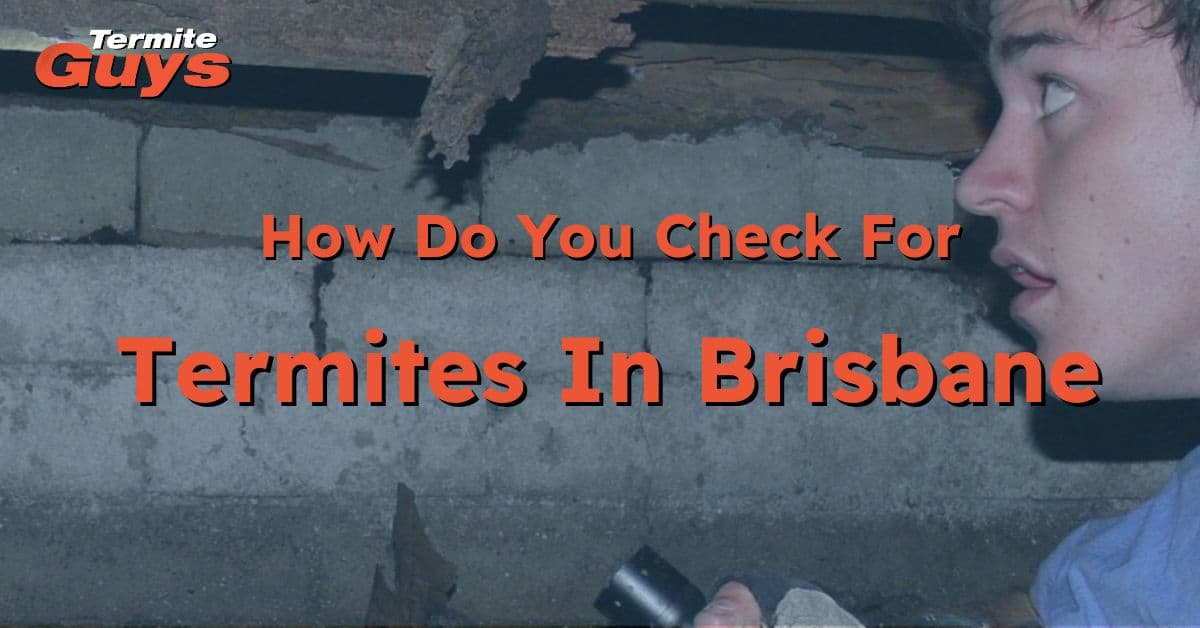If you’ve ever seen a swarm of flying termites, you may have wondered about their purpose and how it relates to your property’s safety. Known as alates, these winged termites are not just an ominous sight; they are essential to the survival and expansion of termite colonies. Understanding why termites fly and the significance of this behavior can help you protect your home from potential infestations.
The Role of Flying Termites in a Colony
Flying termites, or alates, are reproductive members of the colony. Unlike worker or soldier termites that stay underground or within wooden structures, alates have a singular mission: to establish new colonies. Their flight is a crucial part of the termite reproductive cycle, ensuring the species’ survival and territorial expansion.
What Triggers Termite Flight?
Termite swarming is influenced by several environmental factors. The ideal conditions for termite flight include:
- High Humidity: Termites are highly sensitive to moisture, and high humidity levels make it easier for them to survive their brief time in the open air.
- Warm Temperatures: Termite swarming typically occurs during warm seasons, often just after rainfall, when the ground is moist.
- Time of Day: Most termite swarms happen in the evening, when it’s cooler and the risk of desiccation is lower.
In Brisbane, swarming season is usually between early spring and mid-summer. Understanding these triggers can help homeowners be more vigilant during high-risk times.
The Mating Process and Colony Expansion
Once the environmental cues are right, thousands of winged termites emerge from their nests, swarming in large numbers. This behavior is not random; it increases the chance of successful mating. After pairing up, alates shed their wings and burrow into the soil to start new colonies.
Each mated pair becomes the king and queen of a new termite colony. The queen can lay thousands of eggs, leading to the rapid growth of a new population. This cycle is vital for termite species, but for homeowners, it marks the beginning of potential structural damage if colonies are established nearby.
Identifying Flying Termites
Distinguishing flying termites from other insects, like ants, can help you react appropriately:
- Body Shape: Termites have a straight, uniform waist, while ants have a pinched waist.
- Wings: Termites’ wings are equal in length and twice the size of their body. In contrast, ants have wings of different lengths.
- Antennae: Termites have straight, beaded antennae, whereas ants have bent antennae.
Keep an eye out for piles of discarded wings, often found around windows, door frames, or light fixtures. These wings are a clear sign that termites have shed them and are establishing new colonies.
The Potential Impact of Termite Flight on Your Property
When you see a swarm of flying termites, it’s a warning that a mature colony is nearby. The danger lies in how quickly termites can begin damaging wooden structures once a new colony is established. Over time, they can weaken foundations, walls, and wooden frames, leading to costly repairs.
Conclusion
Understanding the flight of termites is more than a curiosity—it’s essential for effective pest management. By knowing when and why termites swarm, you can take proactive steps to protect your property. If you witness a termite swarm or find signs of infestation, seeking professional pest control services is crucial. Awareness and timely action are your best defenses against these destructive pests.


